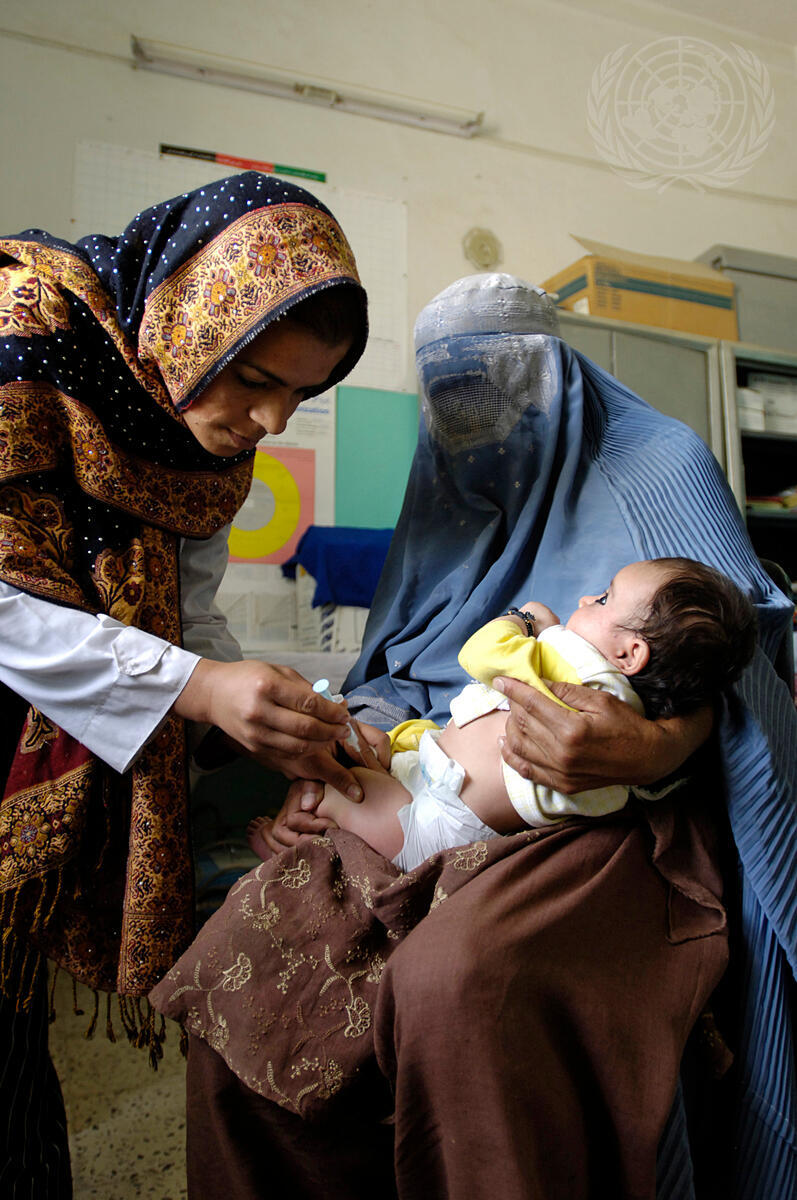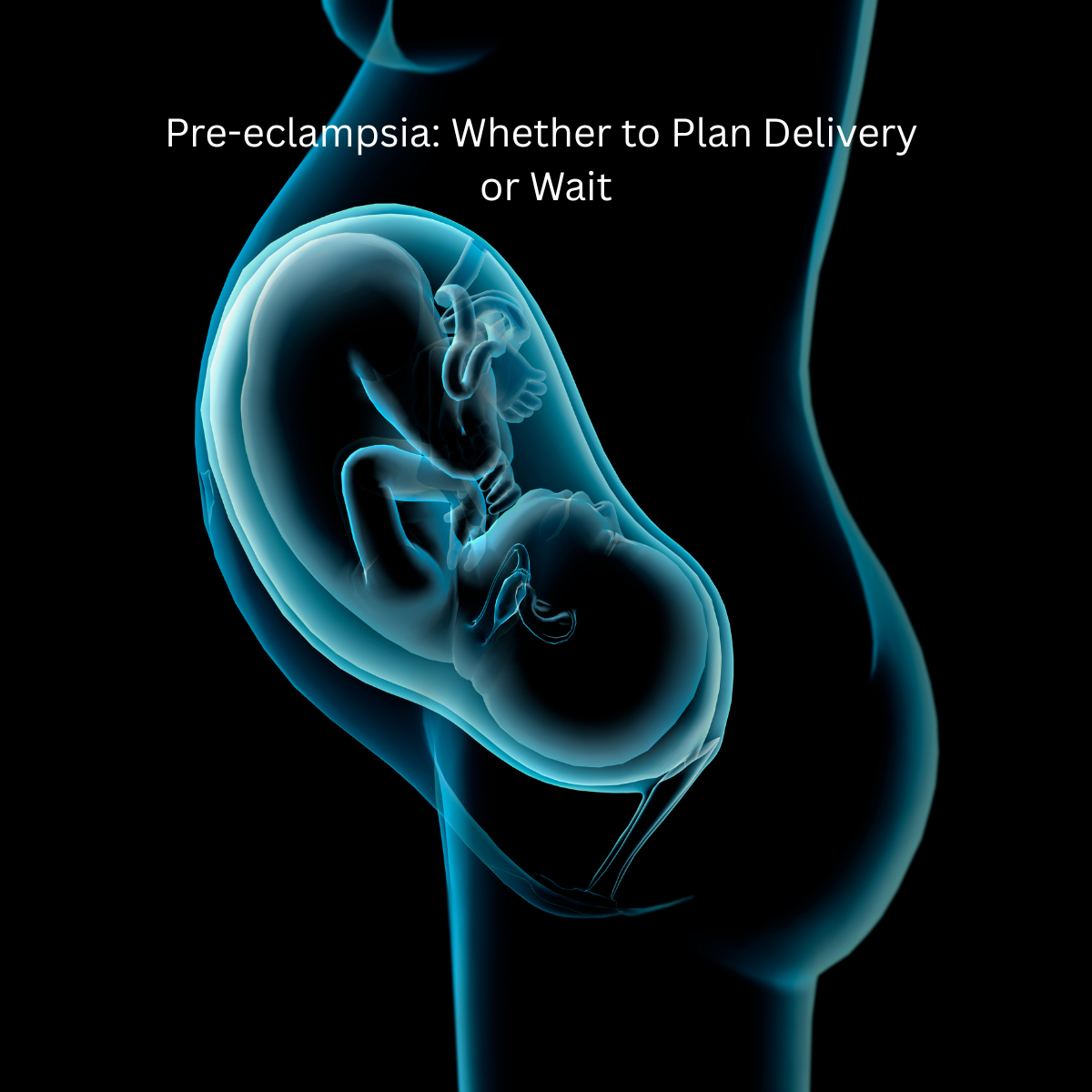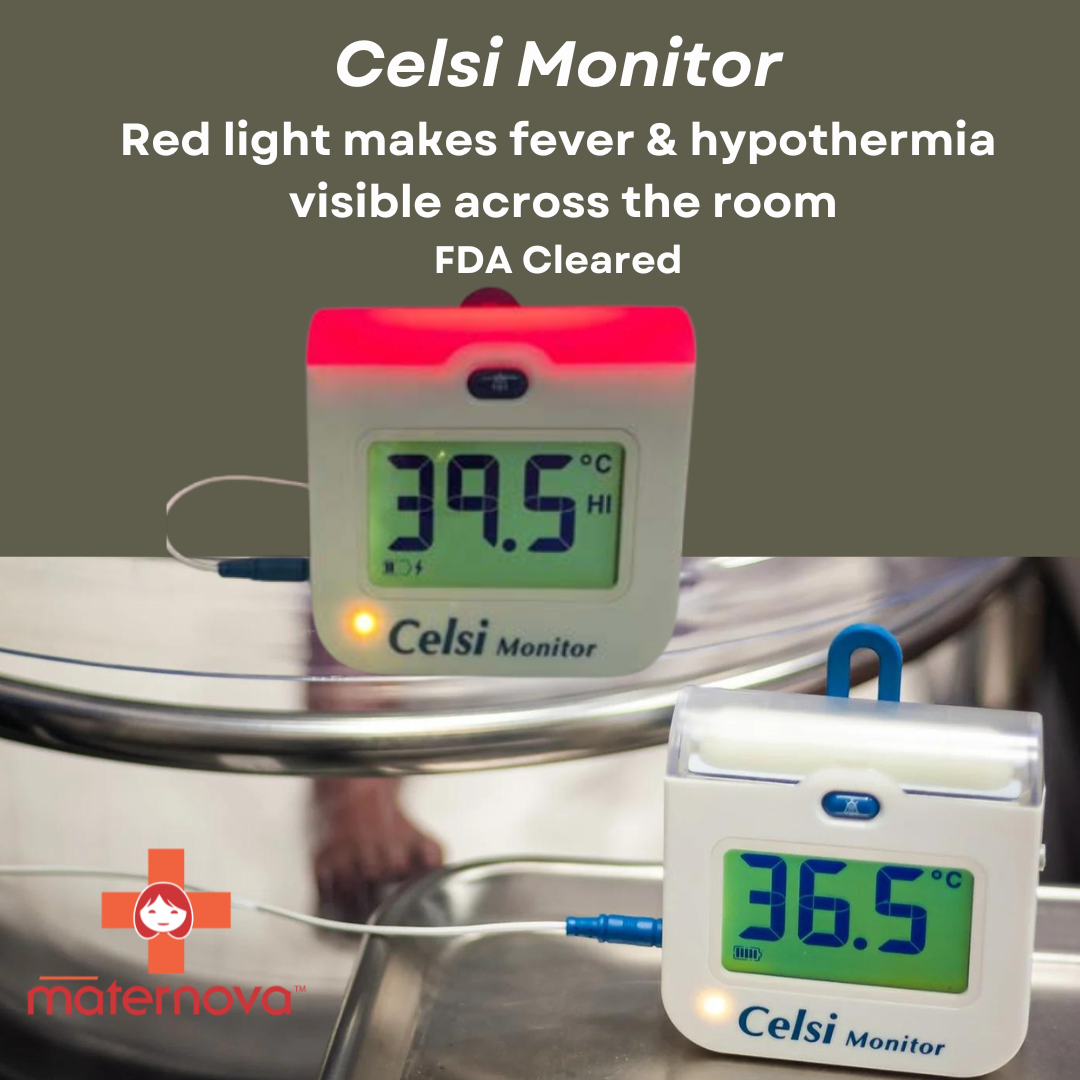Add description, images, menus and links to your mega menu
A column with no settings can be used as a spacer
Link to your collections, sales and even external links
Add up to five columns
Add description, images, menus and links to your mega menu
A column with no settings can be used as a spacer
Link to your collections, sales and even external links
Add up to five columns
The marvelous findings of the MaiMwana trial: does a 76% drop in maternal mortality get your attention?
October 31, 2016 2 min read
http://www.ncbi.nlm.nih.gov/pmc/articles/PMC3796349/) which was reported in mid-2013. When written up in the usual format for a medical journal, sometimes spectacular results don't shine. You want to take a highlighter and just write "Amazing" to get across the point. A 52-76% decrease in maternal mortality in just three years?
Before the [MaiMwana trial](http://www.maimwana.malawi.net/MaiMwana/Home.html) in rural Malawi, there had been no trials (population base trials) on the effect of community mobilization (community action cycle) of participatory women's groups on birth outcomes in Africa and according to the authors, just a single trial on exclusive breastfeeding (how can this be?). The community mobilization tested in this study was the formation of women's groups led by trained facilitators (mothers also from the community). To get a sense of the women's groups you can [see a short film here](https://www.youtube.com/watch?v=vcCAwLleFx4).
The community mobilization method was actually developed in Bolivia with the WARMI project and then used in the Makwanpur study in Nepal. Each group progressed through a community mobilization action cycle based on the women's group model. The community mobilization cycle is described here in the [Malawi Medical Journal](http://www.ncbi.nlm.nih.gov/pmc/articles/PMC3345770/). The cycle includes 20 participatory community meetings involving problem identification, teaching cards and peer support; problem identification, solution identification, planning and evaluation these are the four stages of the cycle in a nutshell).
The study used a very specific methodology to follow tens of thousands of pregnant women over close to five years-- in the end the data covered over 26,000 births. Some groups got the women's group intervention, some got the peer counselors for breastfeeding, some got both intervention and one set of groups got no interventions.
The results are really important for the maternal health community. For years 2 and 3, after exclusion of data from the first year (establishment) of the trial, the maternal mortality ratio was reduced by 52% overall. Maternal mortality in the group that received both the peer counselors for breastfeeding as well as the women's group community mobilization, maternal mortality fell an incredible 76% just over the three years of the study. In the set of areas that had just women's groups but not peer counseling, maternal mortality still fell 60 percent.
The authors report the following costs of the interventions, including the health systems strengthening costs briefly here:
The mean costs per year were $16·6 per infant (women’s group), $6·3 per infant (volunteer peer counseling), and $5·6 per woman of childbearing age (women’s group). Health service strengthening added $1·6 and monitoring and assessment $5·4 per woman of childbearing age.
In short, the results were nothing short of impressive. At this point the benefits of women's groups for pregnancy support and outcomes have been studied in Latin America, Nepal and now in Malawi. Time to replicate! What are we waiting for at this point?
credit: the photo is from the MaiMwana study site website.
Leave a comment
Comments will be approved before showing up.
Also in The Maternova Blog

Intravenous iron in the 2nd trimester: An innovative way to address anemia in pregnancy
September 10, 2025 2 min read
"First-line treatment of moderate maternal iron deficiency anemia with single-dose infusion of intravenous iron results in a reduced incidence of low birth weight infants (intravenous ferric carboxymaltose vs oral) and a higher incidence of attaining maternal nonanemic state without use of additional iron or blood transfusion (intravenous ferric carboxymaltose and ferric derisomaltose vs oral)."




